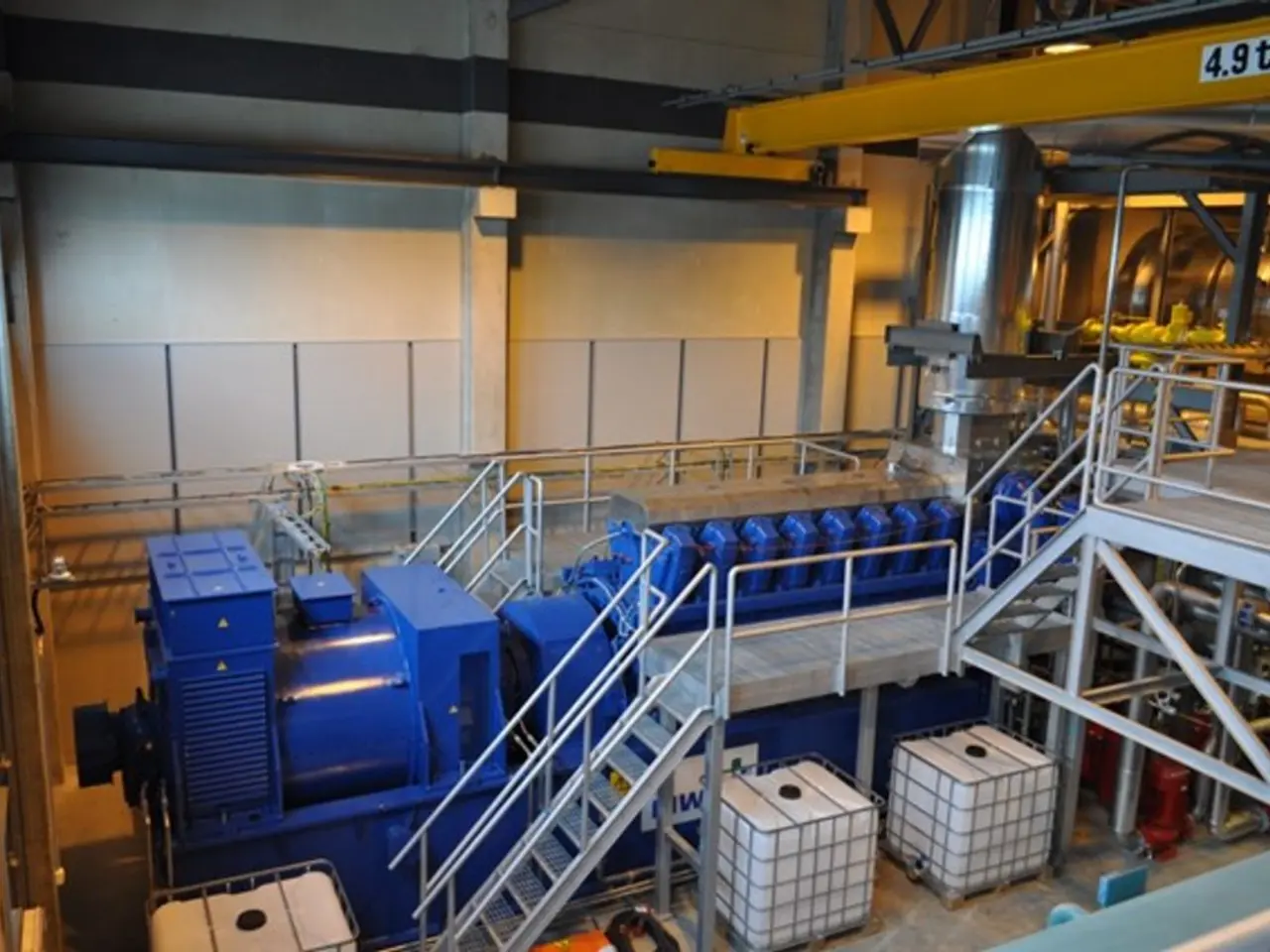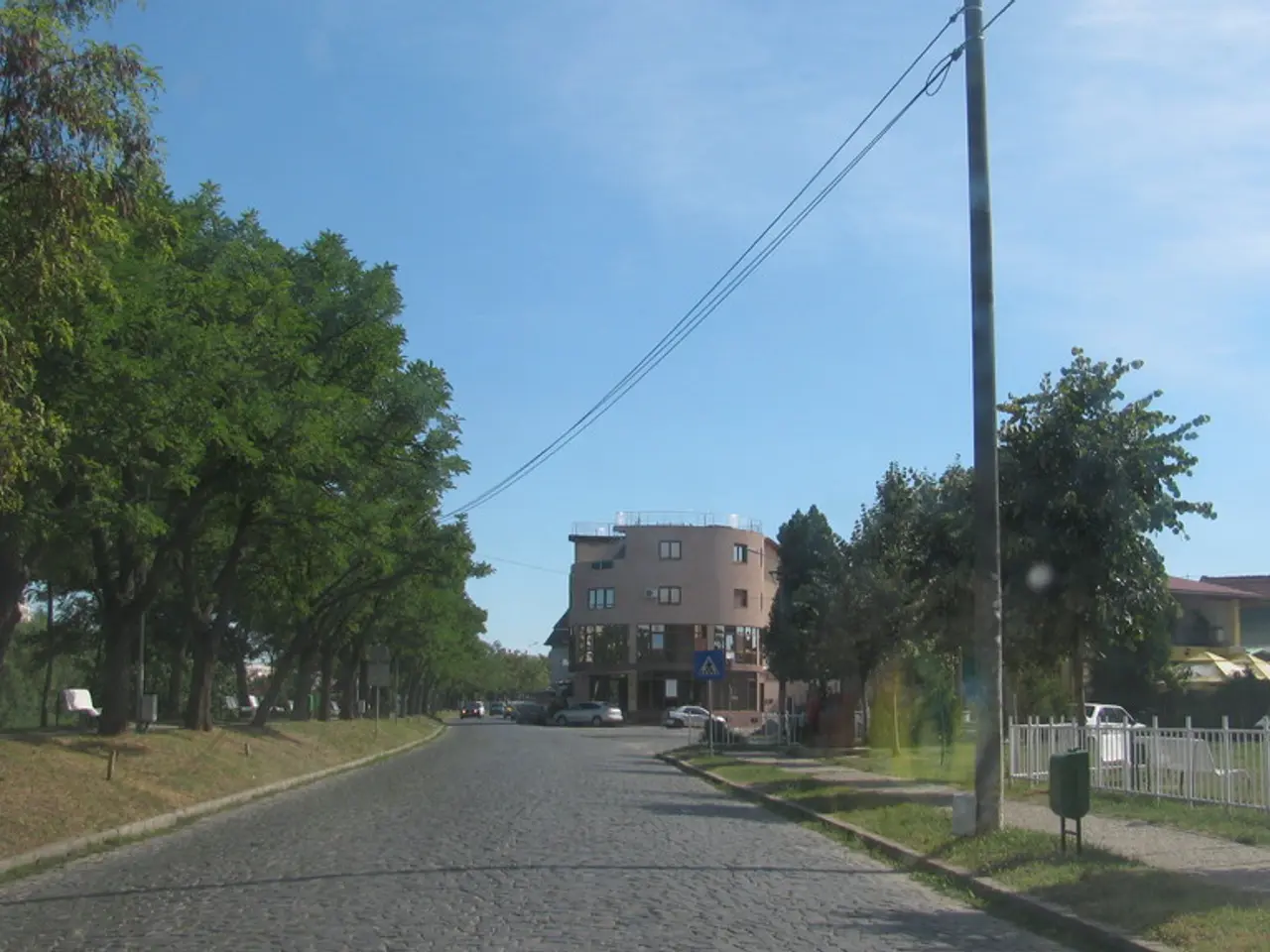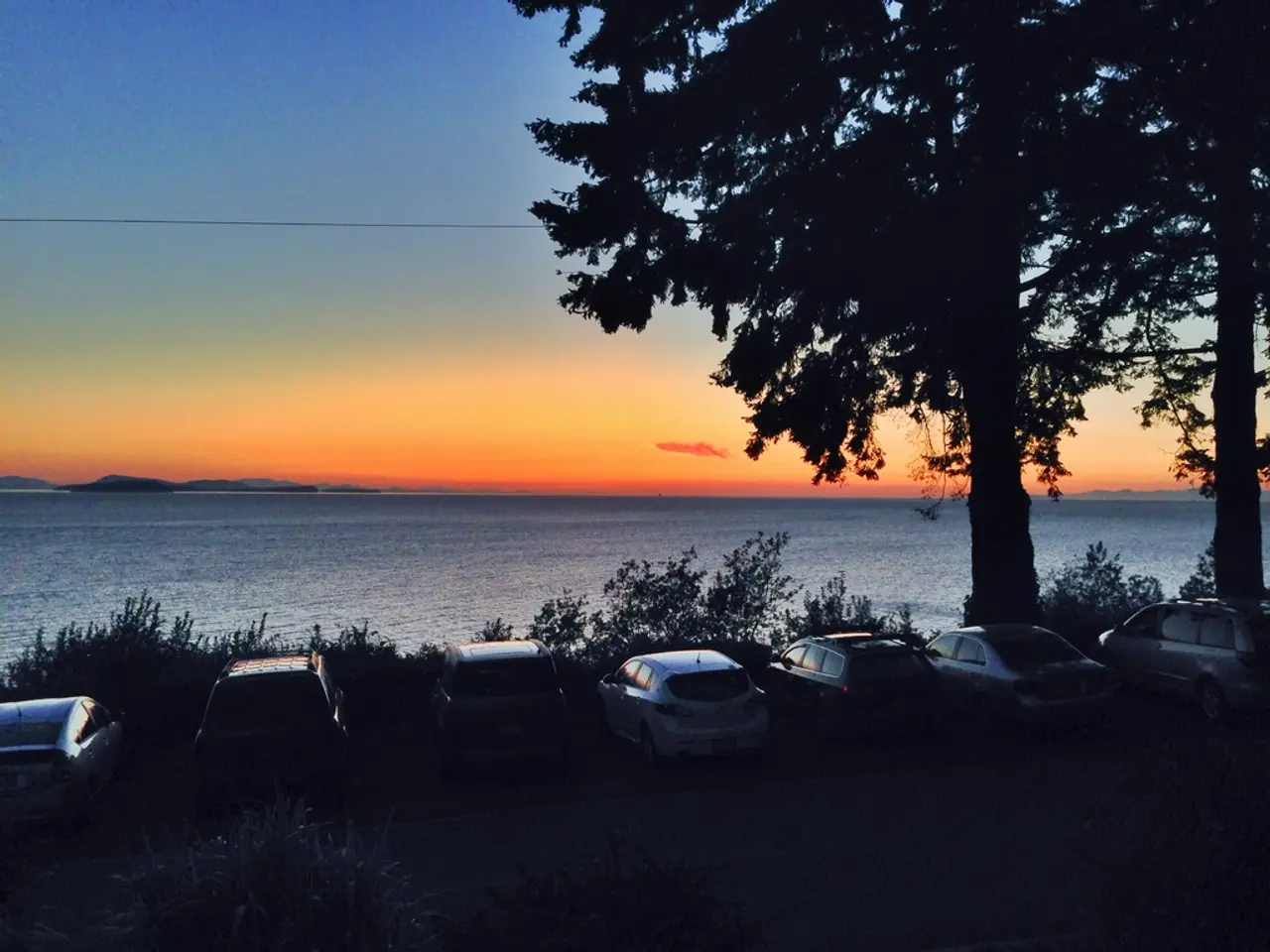Hochul's Proposed Nuclear Plan Confronts Challenges and Barriers to Implementation
New York Pursues Advanced Nuclear Power Plant Amidst Challenges
New York is set to build its first new nuclear power station in nearly four decades, aiming to provide clean, zero-emission baseload electricity to power approximately one million homes. Governor Kathy Hochul has directed the New York Power Authority (NYPA) to lead a feasibility study on this project, which includes site selection, technology options, and financial models.
The initiative supports New York’s climate goals of achieving 70% renewable electricity by 2030 and a zero-emission electricity sector by 2040. However, the project faces several challenges: high costs and financing hurdles, complex megaproject management, upstate-downstate transmission issues, and environmental and political opposition.
NYPA is coordinating with state agencies like NYSERDA and the Department of Public Service, considering partnerships with private investors and regional stakeholders such as the Ontario Province. The project will also depend on complementary grid upgrades, including transmission projects like the Clean Path HVDC line, to ensure effective integration and distribution of the new clean energy.
One of the key challenges is the high costs associated with nuclear projects. Given that the U.S. has not built new nuclear plants in decades, costs and financial risks have increased. NYPA will have to select contractors, broker a deal likely worth billions of dollars, and potentially bring in a private partner to co-finance the project.
Another challenge is the efficient management and construction of such a large, complex project. NYPA's ability to overcome recent infrastructure challenges will be crucial in this regard.
Reliable transmission infrastructure is critical to delivering power from the plant to demand centers. However, New York’s grid must be upgraded and expanded to handle increased clean energy loads and avoid regional disparities.
Environmental and political opposition is another hurdle. While some renewable advocates support nuclear as a dependable baseload source, others oppose it, preferring direct investments only in renewables.
The planned nuclear power station is expected to add one gigawatt of atomic energy to the state's grid by 2040. This follows Governor Hochul's push for the approval of the Champlain Hudson Power Express, a 1,250-megawatt high-voltage transmission line running down the Hudson River to plug New York City into Quebec's green hydroelectric grid.
The state's $300 million venture fund aims to recycle nuclear waste into new fuel, reflecting the state's openness to new ideas on atomic energy. The announcement kicked off a process that will test whether New York is still capable of building megaprojects, given that the proposed nuclear power plant will take a decade or more to complete.
The embrace of atomic energy in Albany has been tightening for months, with the state seeming open to new ideas on atomic energy. However, the project's success will depend on overcoming the financial, logistical, transmission, and political challenges it faces.
[1] New York Power Authority (NYPA) - www.nypa.gov [2] NYSERDA - www.nyserda.ny.gov [3] Department of Public Service - www.dps.ny.gov [4] Clean Path HVDC line - www.cleanpathnewyork.com [5] NY Renews - www.nyrenews.org
- The new nuclear power station in New York, planned to be built in four decades, aims to provide energy to approximately one million homes, support the state's climate goals, and reduce zero-emission baseload electricity.
- The New York Power Authority (NYPA) is directing a feasibility study for the project, coordinating with agencies like NYSERDA and the Department of Public Service.
- Environmental scientists believe advanced nuclear power could contribute to the reduction of greenhouse gas emissions, aligning with the state's environmental policy.
- Despite the benefits, the project faces challenges, including high costs, complex megaproject management, upstate-downstate transmission issues, and environmental and political opposition.
- One potential solution to the financial hurdles is partnering with private investors and regional stakeholders, such as the Ontario Province.
- To ensure effective integration and distribution of the new clean energy, complementary grid upgrades, like the Clean Path HVDC line, are necessary.
- The Senate and Assembly, along with Governor Kathy Hochul, should collaborate on crucial legislation to overcome the political challenges.
- Technology, particularly renewable energy, plays a significant role in New York's general-news environment, as evidenced by initiatives like the $300 million venture fund for recycling nuclear waste.
- The nuclear power industry, along with environmental-science and finance sectors, will closely monitor the progress of the new nuclear power plant in New York.
- As the Assembly and Senate debate the potential benefits and challenges of the nuclear power plant, the energy and politics of the state intertwine, shaping the future of energy in New York.




